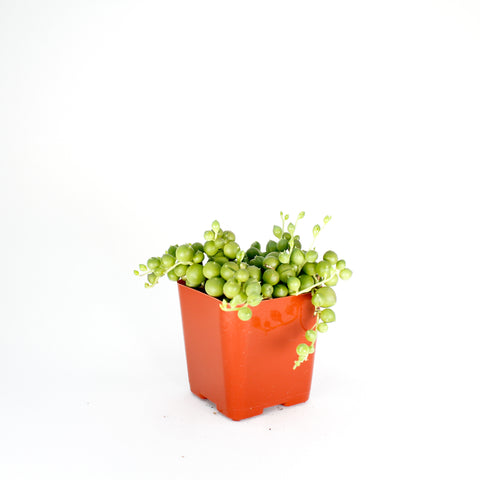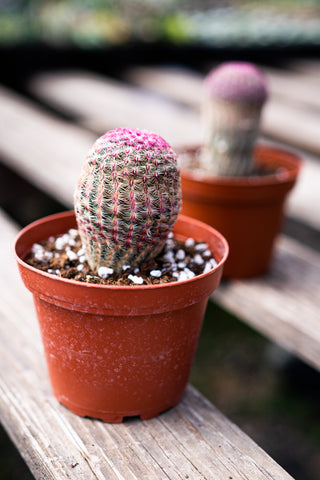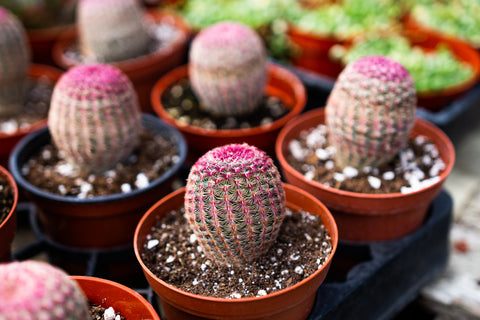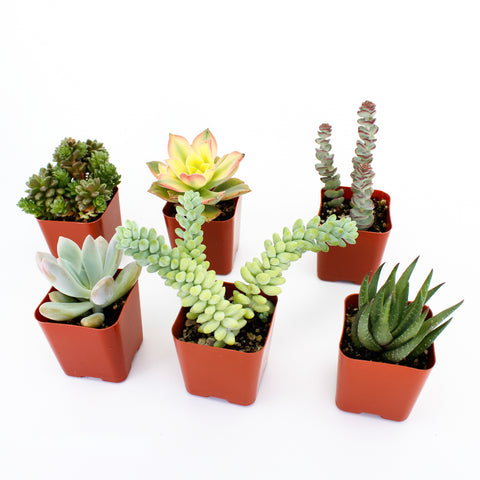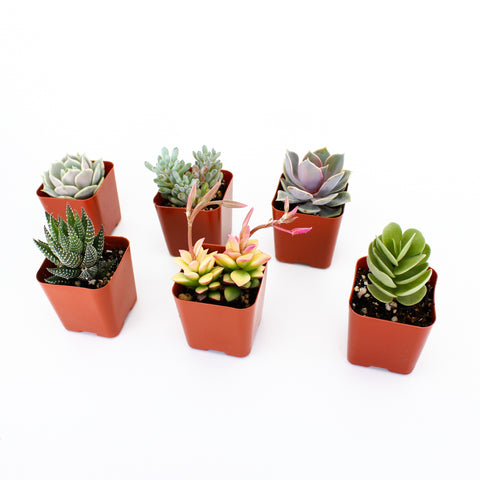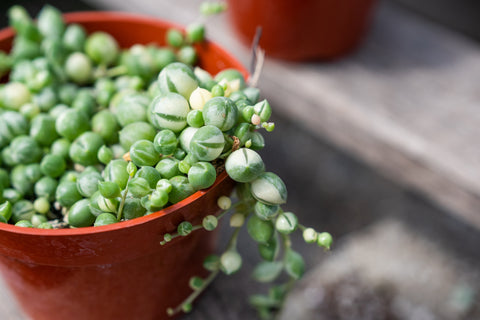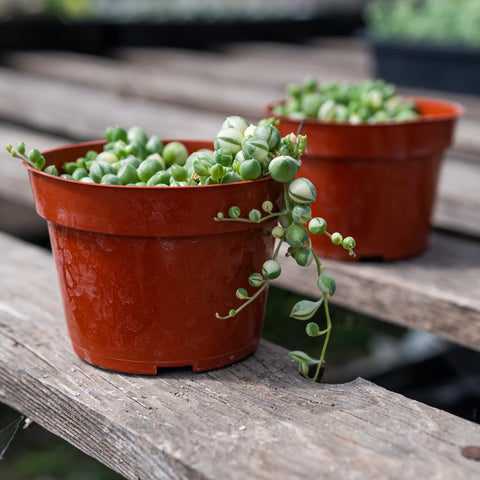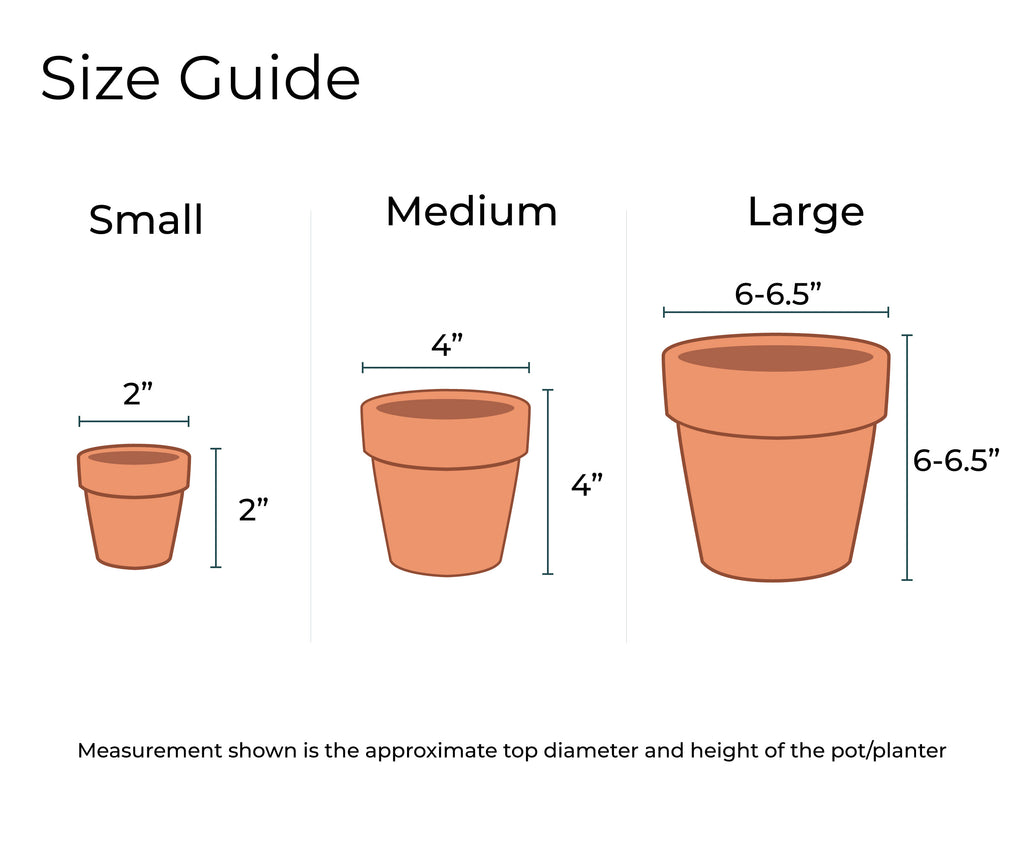How to treat your succulents for Mealybugs

Have you looked at your succulent and noticed little white, almost fluffy looking dots on your plant? You are most likely looking at Mealybugs which are common pests that are attracted to a succulent’s juicy leaves. Don’t worry, they are very easily treated and your plant will be ok. Treat them as soon as you can to avoid any serious damage to the plant or spreading to other plants.
What is a Mealybug?
Mealybugs are soft bodied bugs with no hard shell. They are usually found in the nooks and crannies of the leaves and suck the sap of plants robbing them of nutrients. This can cause deformed leaves and discoloration and could possibly kill the plant if left untreated. Mealybugs can also attack the root of the plant and live in the soil. If you lift your plant out of the pot and examine the soil, mealybugs are pretty easy to identify. They look like a white powdery webbing with little white spots. Oftentimes, when they are found in the roots, the plant can start to change colors or look like it is being sucked dry. Whenever you are troubleshooting a plant it is a good idea to check the roots first.

How to get rid of them?
The good news is that you probably already have the easiest treatment in your cabinet at home. Simply dilute dish soap with water in a spray bottle and spray it directly on the leaves. You will notice the white powdery look go away almost immediately and you will be left with little black dots. You can do this a couple times a day until you notice they are gone. If the Mealybugs are in the soil next time you water the succulent use soapy water and this will kill any bugs in the soil. Make sure to use a very diluted amount or you could burn the plant. You only need enough to make the water bubbly.
Saving your plants!
This simple treatment should take care of the pest problem pretty quickly. In less than a week they should be completely gone as long as the roots and leaves are both treated. It is a great alternative to using a more harsh chemical treatment. Your plant will thank you.
